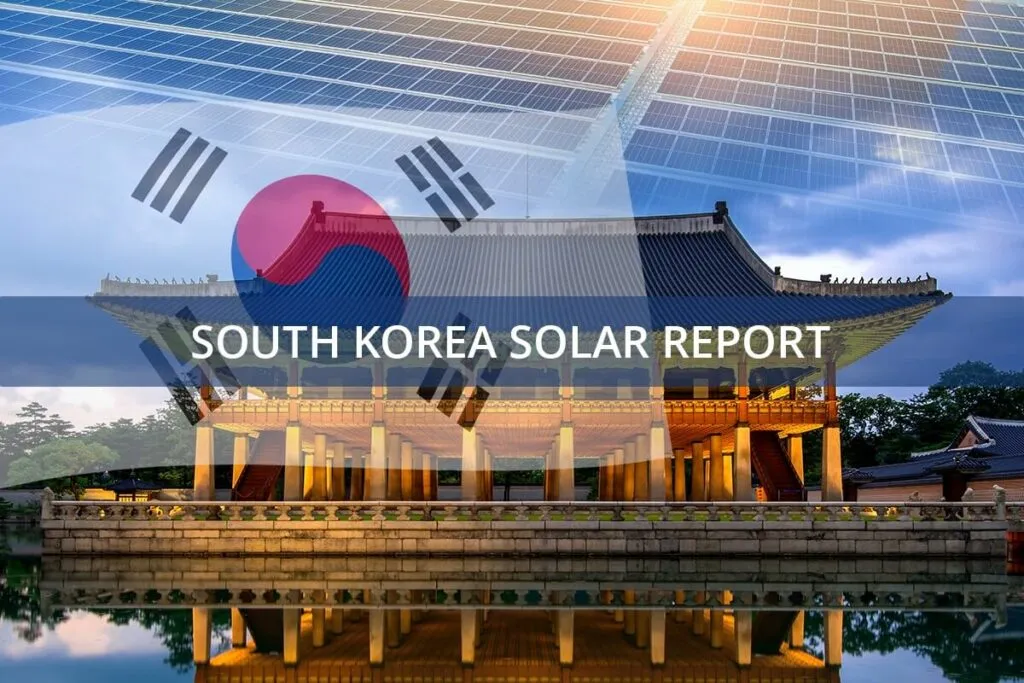South Korea Launches 1 GW Solar Tender for 2025
South Korea’s Ministry of Trade, Industry, and Energy (MOTIE) has launched its first solar energy tender for 2025, aiming to procure 1 GW of solar power. This initiative is a key part of South Korea’s commitment to expanding its renewable energy sector and reducing its dependence on fossil fuels.
Open to both domestic and international developers, the tender will be conducted in two phases. The first involves submitting proposals for technical and financial evaluation, followed by the selection of winning bids and the signing of power purchase agreements (PPAs).
2025 Solar Auction Schedule and 2024 Recap
For 2025, the ministry plans to conduct five solar tenders totaling 3.25 GW. The second tender is set for April 1, 2025, with a capacity of 0.5 GW, followed by a third auction on May 1 for another 0.5 GW. The fourth and fifth auctions are scheduled for July 1 and October 1, 2025, offering 0.75 GW and 0.5 GW, respectively.
This follows a busy 2024, when MOTIE held five solar tenders and procured a total of 1.79 GW of solar capacity. Auctioned capacities that year ranged from 0.29 GW to 0.54 GW, with ceiling prices set between KRW 103.83 ($0.07)/kWh and KRW 112.50/kWh.
In the nation’s most recent 2024 auction, MOTIE allocated 0.4 GW of solar capacity with final tariffs ranging from KRW 98.20/kWh to KRW 103.83/kWh. South Korea’s cumulative installed solar capacity currently stands at 25.9 GW, according to data from the International Renewable Energy Agency (IRENA).
For more insights into South Korea’s solar panel manufacturing, you can read the South Korea Solar Panel Manufacturing Report.
Tenders Support South Korea’s Renewable Energy Goals
These tenders are crucial to South Korea’s ambitious renewable energy targets, which include achieving a 35% share of renewables in its energy mix by 2040. Solar and wind power are both key components of this strategy.
By conducting multiple auctions throughout the year, MOTIE encourages the rapid development of solar projects. This approach helps meet national energy targets while also supporting the domestic solar industry, creating jobs, and stimulating economic activity.
The upcoming 2025 tenders offer significant opportunities for developers to invest in South Korea’s renewable energy sector. With 3.25 GW of solar capacity up for auction, these events will play a vital role in the country’s transition to a more sustainable energy system.
International Investment and Infrastructure Development
International developers are expected to bring new technologies and expertise, boosting the efficiency and competitiveness of South Korea’s solar power sector. The government’s commitment to renewables, combined with attractive tariffs, makes the country an appealing destination for global solar companies. More on the country’s solar initiatives can be found in resources like Octopus Energy Solar Farms: 20 Stunning Projects Transforming South Korea.
As South Korea expands its solar capacity, it will also need to invest in supporting infrastructure like energy storage systems and smart grids to ensure a stable and reliable electricity supply. These investments are crucial for integrating the growing share of renewables into the national grid and achieving the country’s long-term energy goals.

